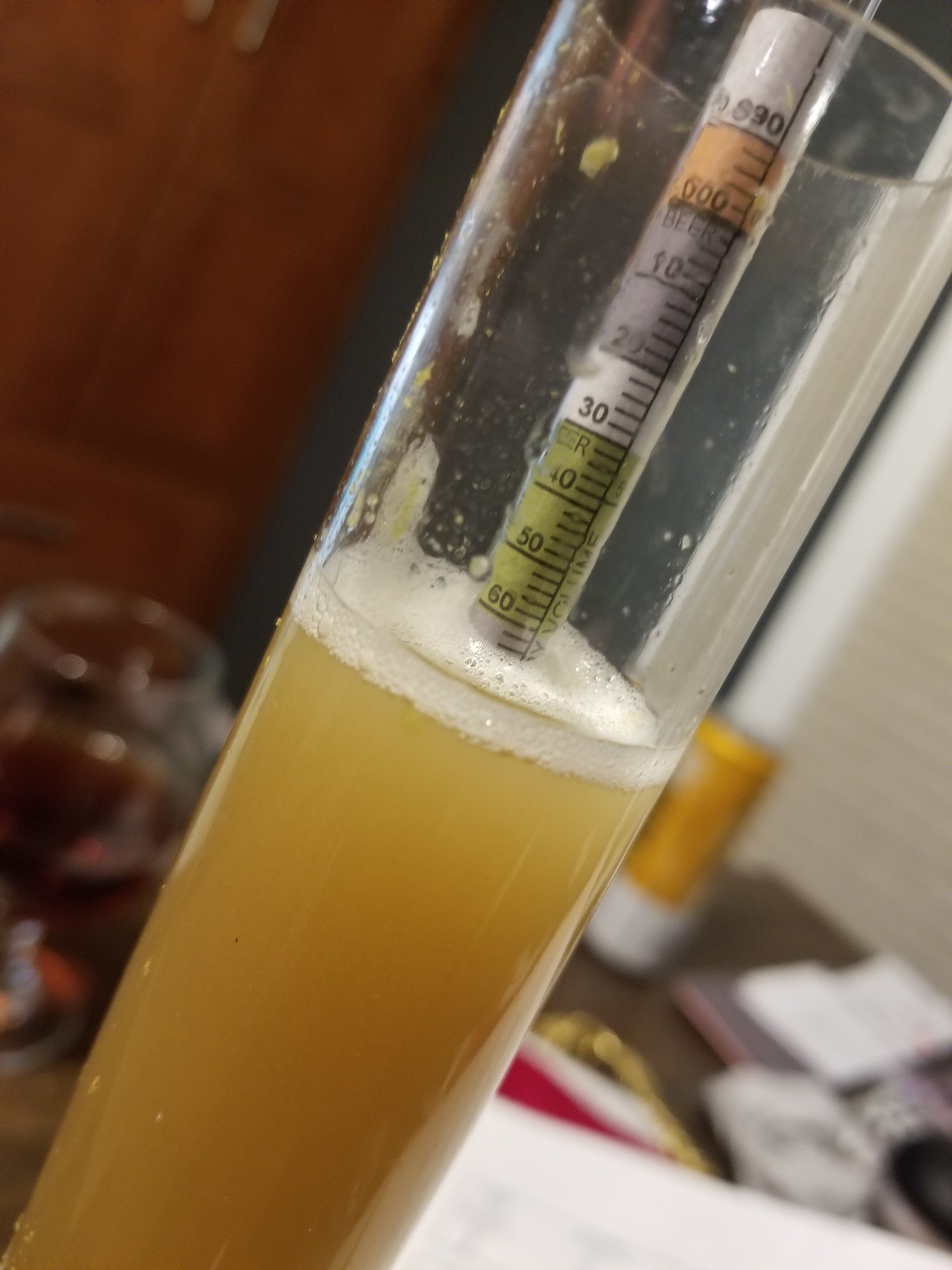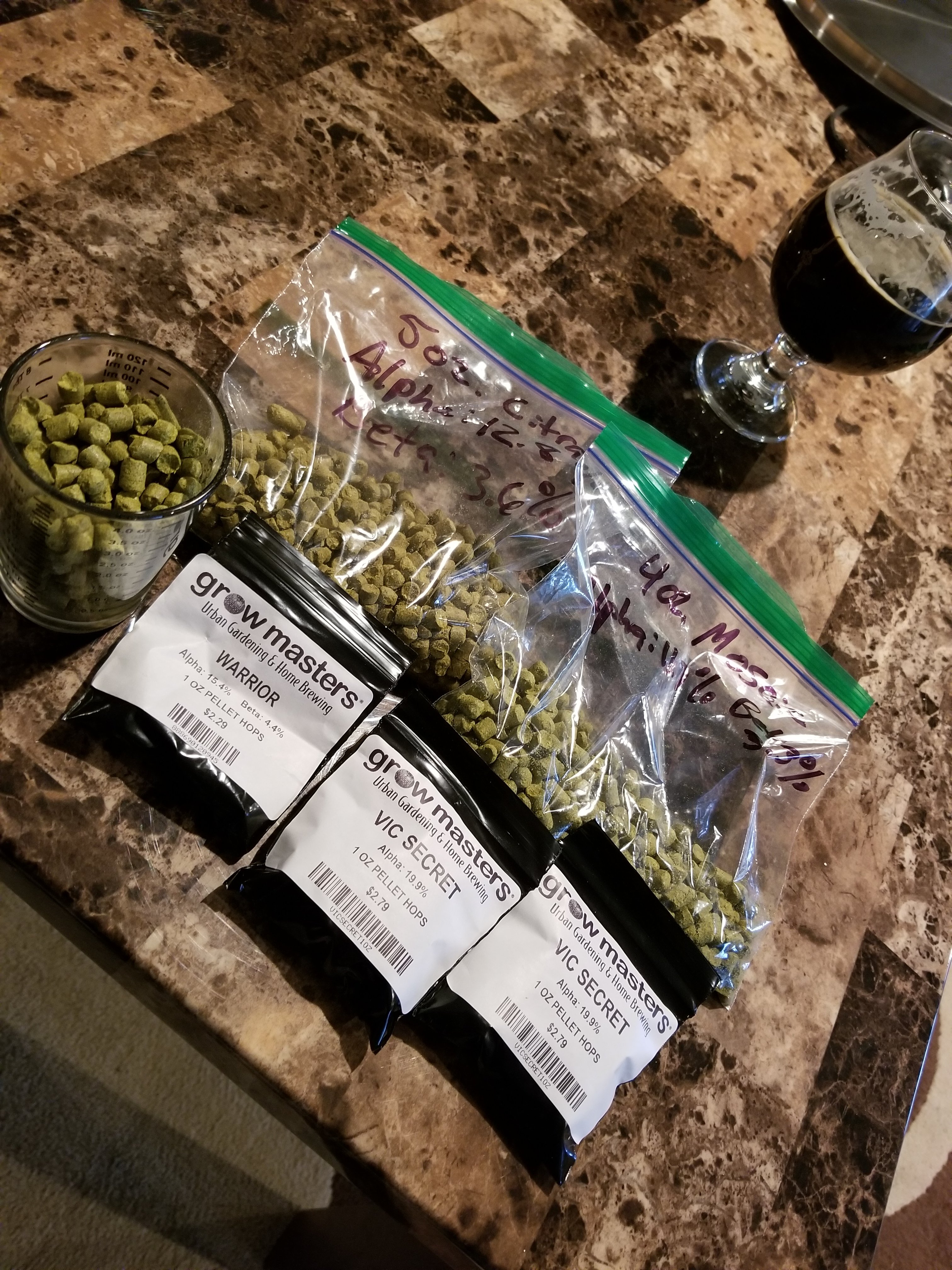Biscuits
Well-Known Member
What rate are you hopping at?
Because fermentation hopping alone doesn't do it.
Fermentation hopping isn't going to give you a milky appearance, but it definitely does give you a persistent haze. I've experimented with biotrans hops in beers that normally drop crystal clear for me and they became very hazy, although not milky.
But to answer your question, my typical NEIPA is hopped at a rate about 2 Oz/Gal....I usually use a total of 12 Oz in a 5 gallon batch. 6 Oz total in the kettle and another 6 Oz (split between two charges) in dry hop.
I am only using about 10% flaked oats in conjunction to about the same amount of Golden Naked Oats.





